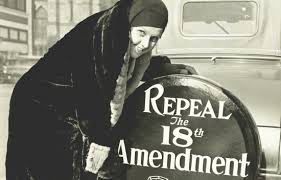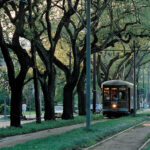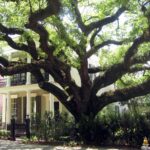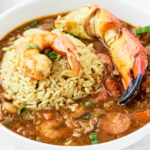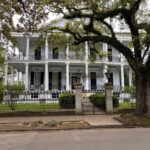Prohibition and New Orleans
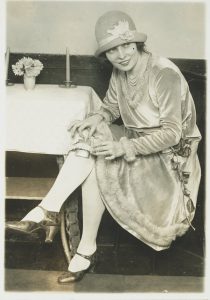
We at Unique NOLA Tours want to report on a very sad chapter in New Orleans’ life. No, not the Great Fire of 1788; but the tragedy known as Prohibition. Make sure to see our expert take on a spirit-filled journey into these naughty times on our intoxicating ‘Lewd Spirits Tour.’
On July 1, 1919, the sale of alcoholic beverages became prohibited. At the time, New Orleans was home to some 5,000 bars. A lot of illicit booze ended up in the Crescent City, where, in the words of the wonderful historian Sally Asher, “Prohibition was more of a suggestion than a law.”
Despite many dry parishes around the city, New Orleans remained staunchly wet. Mayor Martin Behrmann led protest parades and said “You can make it illegal, but you can’t make it unpopular.” Hoteliers, restaurateurs, and bar owners all hoped for a last minute reprieve, but it never came and the hated law went through. And enterprising locals broke it daily.
Mikko Macchione
Tour Guide with Unique NOLA Tours and Author of books about New Orleans.
Antoine’s had a Mystery Room – as in:
Question: “Where did you get that coffee mug of rum?”
Answer: “It’s a Mystery.”
Entrance was through the ladies room, and the room is still there today. The Grunewald Hotel, today’s Roosevelt, had The Cave in their basement. A giant jazz club with cardboard stalactites dripping down, dancing girls, and lots to drink. Some folks, like “Uncle” Joe Impastato at the Napoleon House, had secret taps. Others, like Tujague’s, had their waiters carry bottles in their aprons. Pat O’Brien’s, Galatoire’s, Arnaud’s all operated speakeasies in the French Quarter. Even stately Commander’s Palace, in the snobby Garden District, got raided in 1921!
Isadore ‘Izzy’ Einstein, all five foot five, two hundred twenty five pounds of him, made close to 5,000 arrests around the country. He sort of worked for what is today the Bureau of Alcohol, Tobacco, and Firearms. He enjoyed putting on disguises, finding illegal booze, and uttering his catchphrase “There’s sad news here,” he would cuff his prey. He used to brag he could find liquor within thirty minutes of getting off the train. In Chicago it took twenty one minutes, in Atlanta it took seventeen, Detroit was eleven. Izzy got off the train in New Orleans at the Basin Street Station, got in a cab, asked where he could find a drink. The cabbie reached back a bag with a bottle of rum in it. In thirty five seconds he was intoning “There’s sad news here.”
The end of Prohibition, on December 5, 1933, was greeted with a fifteen-thousand person parade down Canal Street with dozens of bands, circus animals, and many plastered people. Parades are kind of a thing here. Business was back in business. When World War II ended, and the city experienced a new prosperity, our Mardi Gras mentality came back with a drunken fury. Bourbon Street began its remarkable reputation as “Party at Ground Zero.” Fittingly today, just a block off of Bourbon is a bar named for the law that repealed Prohibition. The 21st Amendment.
